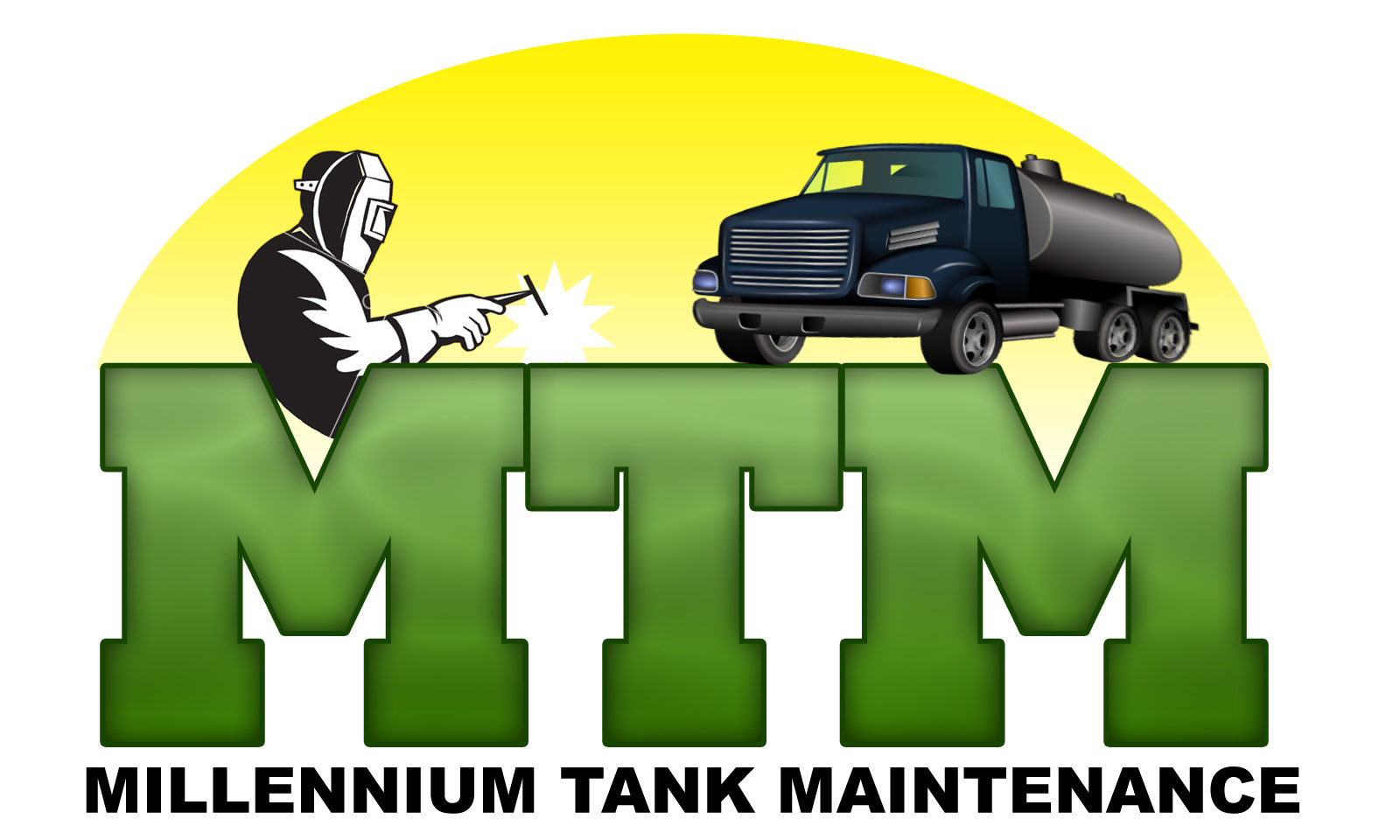Frequently Asked Questions
WHAT NYS LAW REQUIRES TANK TIGHTNESS TESTING?
HOW DO YOU TEST THE TANK?
If a tank leaks of petroleum, three to four soil trenches are created around the buried tank. Each soil sample is evaluated on the site for petroleum. The sample indicating the highest field screen reading is submitted to a New York certified laboratory for testing. Soil trenches allow you to help quantify the extent of the oil in the ground pertaining to independent laboratory analysis.
ARE RESIDENTIAL UNDERGROUND HEATING OIL TANKS REGULATED BY THE LAW?
Heating oil tank installed at a residential property is exempt from Federal Regulations but there are exceptions. The first exception is if a home heating oil tank releases oil into the environment, then the owner of the tank is no longer exempt from the provisions of environmental regulation.
The owner would need to contact Millennium Tank Maintenance to address the source of the spill, prevent it from spreading, and report the incident to the appropriate agency
If a heating oil discharge of any size has occurred at your home, the owner is required to report the leak to the New York Department of Environmental Protection (NYDEP). The Environmental Protection Agency, (EPA) which is a Federal agency and does not have immediate jurisdiction for these types of incidents.
HOW DO I KNOW IF A RESIDENTIAL PROPERTY HAS AN UNDERGROUND STORAGE TANK?
In most homes (around 85%) there are signs of an in ground oil tank such, for example- a visible vent and/or filler pipes, disconnected oil lines coming through the foundation wall which were the supply and return lines from the heating oil tank, a concrete channel in the basement floor that leads to the furnace area. Any of these physical signs is an indication of a tank that has been removed or there is an existing tank in the ground.
If the house was built between the 1930's and the 1990's, there is a good chance the property had oil heat at some time. At the turn of the century homes had coal heat, which was both dirty and labor intensive. After Word War II, oil was readily available and many homes converted to oil, if only to get away from having to shovel coal.
The staff at Millennium Tank Maintenance is trained to look for these evidence as well as other key signs of removed or existing tank. They are equipped with a metal detectors, radio frequency locators, and a ground penetrating radar unit to evaluate a property for a suspect tank.
IF THE PAST OWNER ONLY PROVIDED DOCUMENTS ABOUT THE UNDERGROUND OIL TANK BUT NOT TESTING, SHOULD IT BE PERFORMED?
Since the past owner provided no documents about the condition of the soil in the tank excavation, the current should test the soil to discover levels of contamination (heating oil) in the area around the underground tank. The responsibility for cleaning up the contamination rests solely with the current homeowner. The regulations read that whoever owns the property owns the problem.
WHICH TANKS MUST BE TESTED
- Tanks storing #5 or #6 fuel oil;
- Systems consisting of corrosion-resistant* tanks and piping, with leak monitoring; and
- New systems installed in compliance with the standards for new construction (6NYCRR Part 614).
WHEN MUST TANKS BE TESTED
WHO IS RESPONSIBLE FOR TESTING?
WHAT IS A TIGHTNESS TEST?
- A volumetric overfill test (a separate product piping test may also be needed depending on the tank system configuration);
- A volumetric underfill test in conjunction with a non-volumetric ullage (vapor space) test and product piping test;
- A non-volumetric vacuum test (a separate product piping test may also be needed depending on the tank system configuration); and
- A non-volumetric tracer test.
